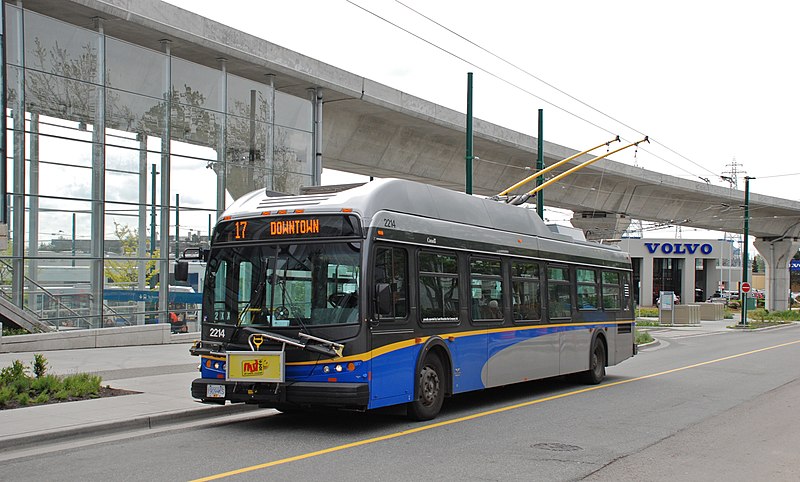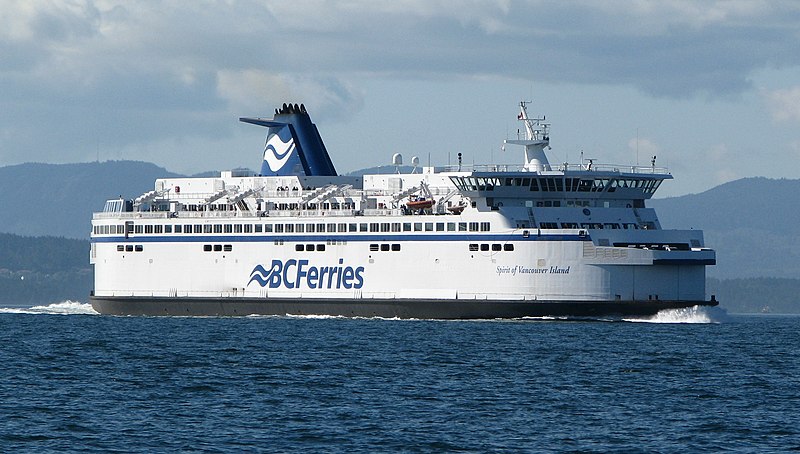7481 Woodbine Ave #203, Markham, ON L3R 2W1 (647) 806-8188
Copyright © 2021 CondoTrend. All rights reserved.

The most efficient methods to navigate Vancouver are on foot, by bicycle, and by public transit. In this congested metropolis, many significant attractions and famous areas are within walking distance. The TransLink system, which includes the SkyTrain, the SeaBus ferry, and various bus lines, is manageable and economical if your feet begin to tire. Getting into the city from Vancouver International Airport (YVR) is generally simple: you can use the Canada Line or hail a taxi. From the airport to downtown Vancouver, taxi prices are between CA $28 and CA $36 (approximately $22 to $26). The airport is about 10 kilometres to the southwest of the city center. If you have opted to fly into Seattle–Tacoma International Airport (SEA), you will discover various vehicle rental agencies there. You may also take a shuttle from Sea-Tac to several Vancouver locations: Each round-trip ticket costs $99.
Vancouver’s public transportation system is accessible and convenient, making it an ideal method for tourists to see the city. Most of Vancouver’s significant attractions are accessible via public transportation. TransLink is the regional transportation authority for Metro Vancouver. It runs a network of buses, the SkyTrain, the SeaBus, and the commuter rail line, West Coast Express.

Bus
The busiest routes in Vancouver operate between 5 a.m. and 1 a.m., with NightBus service covering the gap in the wee hours of the morning. Granville Street, Burrard Street, and Georgia Street are major thoroughfares in downtown Vancouver for buses. Visit the website of TransLink for trip planning tools. Take the “#2 MacDonald” from the Burrard SkyTrain station down Burrard Street to Kitsilano for the Museum of Vancouver and other sights, Bard on the Beach, and a day at the beach. The “#22 Knight” also departs from Burrard SkyTrain station and travels east through downtown to Chinatown. To reach the center of Vancouver’s most renowned park, you can take the “#19 Stanley Park” bus down Pender Street. Take the “#7 Dunbar” or “#4 UBC” bus down Granville Street to reach Kitsilano’s Fourth Avenue retail area. The “#250 Horseshoe Bay” or “#257 Horseshoe Bay Express” departs from West Georgia Street outside The Bay department store and travels through West Vancouver to the BC Ferries terminal. SeaBus to Lonsdale Quay, then “# 236 Grouse Mountain” to Capilano Suspension Bridge and Grouse Mountain.

Skytrain
The SkyTrain of Vancouver is a fully automated light rapid transit system that provides swift, efficient service between downtown and the suburbs of Metro Vancouver. There are three lines in all. From downtown Vancouver, the Expo Line extends south-east to Burnaby, New Westminster, and Surrey. There are four stations in the downtown area, including Waterfront, Burrard, Granville, and Stadium-Chinatown. Take one of these trains to reach Science World, Pacific Central Station, Commercial Drive, Metrotown in Burnaby, or the River Market in New Westminster Quay. Every two to five minutes, trains run. The Canada Line begins in downtown Vancouver before dividing into two extensions, one of which travels to Vancouver International Airport (YVR) and the other to Richmond. There are three stations in the downtown area: Waterfront, Vancouver City Centre, and Yaletown. Use this route to reach the airport as well as the Olympic Village area, Queen Elizabeth Park, River Rock Casino Resort, Aberdeen Centre retail mall, and McArthurGlen Designer Outlet center. It operates every three to six minutes during peak hours and less often at other times. The Millennium Line travels east from Vancouver, beginning at the VCC-Clark station and passing through Burnaby, Port Moody, and Coquitlam, where it connects with the Westcoast Express commuter train. This line does not have any downtown stops, but it links to the Expo Line at the Commercial-Broadway station, where trains operate every two to five minutes.

Fares
For SkyTrain and SeaBus, Greater Vancouver is split into three fare zones, whereas bus rides are paid at a single zone rate regardless of distance. Monday through Friday, zones are in effect from the start of service until 6:30 p.m. Tickets are usable for travel for up to 90 minutes and enable transfers between various means of transport within the zone (s) for which they were purchased. The exception is cash fares paid on the bus, which enables transfers to other buses but not to the SkyTrain or SeaBus. Children 5 to 13 years old, children 14 to 19 years old with a valid TransLink GoCard, and seniors 65 and older with proof of age are eligible for discounted rates. Free for children under 4 years old.
The Compass Card has reloadable credit that is deducted with each trip. A deposit of $6 is required to receive a card, which is subsequently filled with credit. Tap the card on the electronic reader while boarding a bus or entering and exiting a SkyTrain or SeaBus terminal, and your ticket will be immediately debited from your account. Adult tickets paid for with a Compass Card are less expensive than those paid for with a single-use ticket, and another major benefit is the ability to register the card online and auto-load more credit without visiting a machine or service desk. Compass Cards are available for purchase at vending machines at SeaBus, SkyTrain, and West Coast Express stations, in addition to certain London Drugs outlets. The machines take cash, debit cards, and credit cards.
7481 Woodbine Ave #203, Markham, ON L3R 2W1 (647) 806-8188